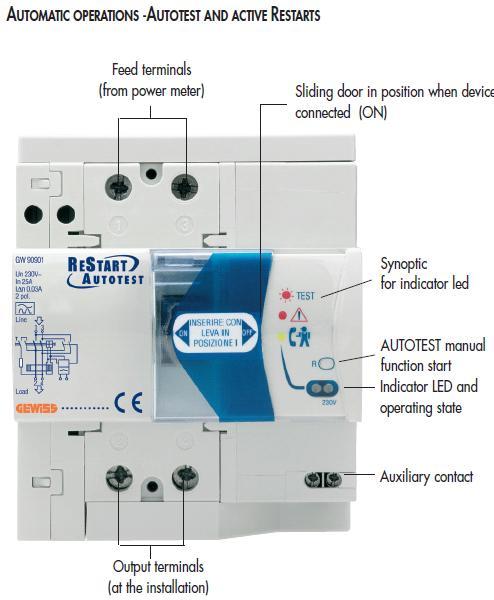- Joined
- 27 Jan 2008
- Messages
- 24,923
- Reaction score
- 2,882
- Location
- Llanfair Caereinion, Nr Welshpool
- Country

I will agree many RCD's don't have a problem as to voltage. But that does not mean all RCD's will work. I would guess the auto resetting type would have a problem?
We should test all RCD's on fitting but that is also a problem with many meters not able to work with 55-0-55 supplies. I have not tested any but one should really double up on tests and try both legs to earth not just one. With the testing such a problem I would want to use a RCD designed for the voltage being used.
The 55-0-55 supply does cause dangers I have seen more than once where a transformer had the centre tap connected to earth but the machine it was fitted into was designed to have line and neutral not split phase. As a result no fuse in one of the supplies and also no switches. This is a real problem with equipment imported from USA.
It is far too easy to say "Yes you can do that" and then find there is an exception and so the semi-skilled guy has done something completely unexpected. As far as I remember with farms one does have to be more careful as cows can be killed with just 25 volts. Where we consider 50 volts as being limit for humans. Hence why I am being very guarded with replies.
We should test all RCD's on fitting but that is also a problem with many meters not able to work with 55-0-55 supplies. I have not tested any but one should really double up on tests and try both legs to earth not just one. With the testing such a problem I would want to use a RCD designed for the voltage being used.
The 55-0-55 supply does cause dangers I have seen more than once where a transformer had the centre tap connected to earth but the machine it was fitted into was designed to have line and neutral not split phase. As a result no fuse in one of the supplies and also no switches. This is a real problem with equipment imported from USA.
It is far too easy to say "Yes you can do that" and then find there is an exception and so the semi-skilled guy has done something completely unexpected. As far as I remember with farms one does have to be more careful as cows can be killed with just 25 volts. Where we consider 50 volts as being limit for humans. Hence why I am being very guarded with replies.

